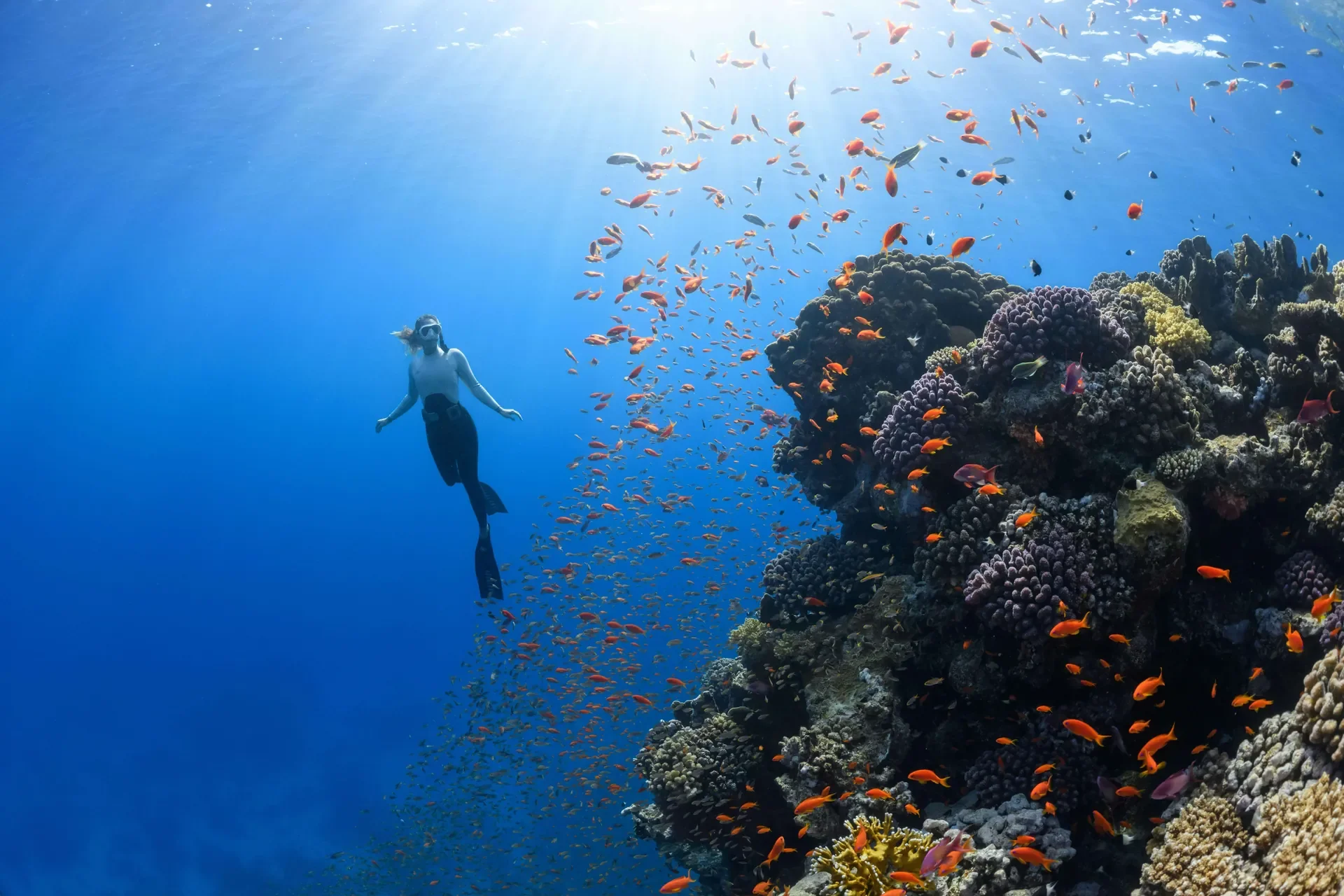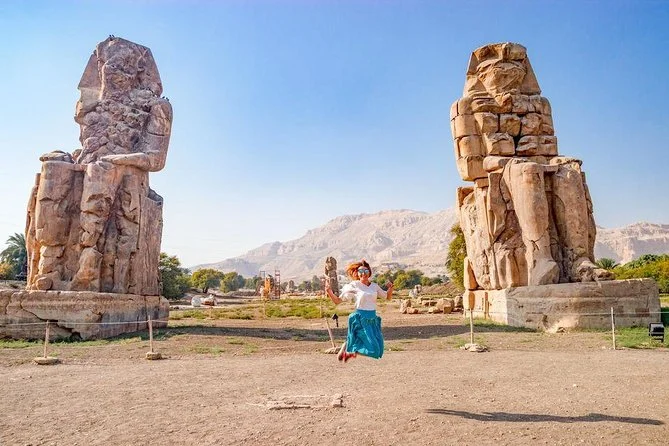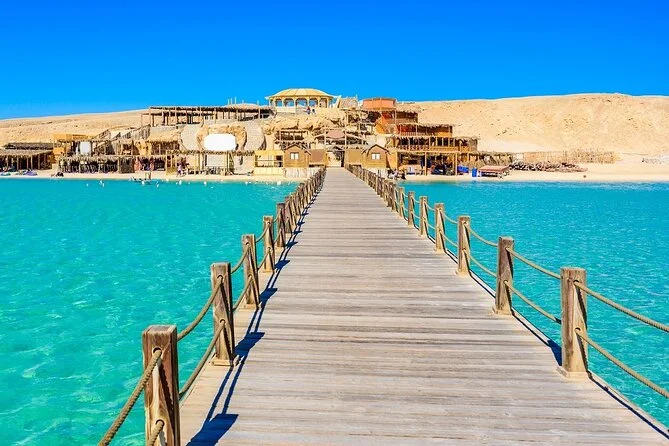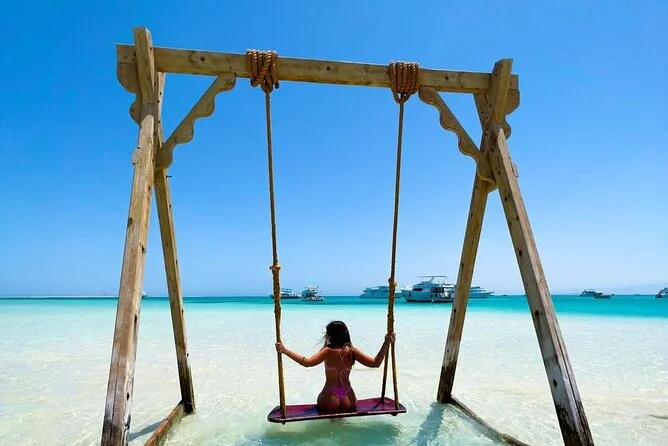Red Sea Egypt 2026: Best Diving and Snorkeling Guide
Quick Summary (TL;DR): The Red Sea’s top 2026 sites—Ras Mohammed, the Thistlegorm, Abu Dabbab, and Sataya—offer warm water, reliable visibility, and easy access for both beginners and advanced divers.
At first light, the Gulf of Aqaba looks like polished glass. During our March 2025 visit, skiffs fanned out from Sharm’s marina toward Ras Mohammed as sunrise painted Sinai’s ridges ochre. On deck: nitrogen-checked tanks, 3–5 mm suits, and a quiet briefing about south-running currents. Thirty meters below, anthias flickered over fan corals; a turtle grazed the slope, unbothered by bubbles.
Why now: 2025–2026 brings steadier flight schedules into Red Sea airports, fuller liveaboard calendars, and tighter reef protection. Local operators report more fixed moorings replacing anchoring on popular reefs, and stricter no-touch policies enforced by guides. Travelers are pairing classic sites with quieter southern reefs, choosing early departures and smaller boats to reduce pressure during peak months.
What Makes the Red Sea Special in 2026
This is one of the planet’s most accessible coral systems: warm seas year-round (about 22–23°C in winter, rising to 28–29°C in late summer), consistent visibility, and shore or short-boat access from resort hubs. The variety is the draw. In the north, sheer walls and drift lines deliver thrilling, current-swept dives; in the central coast around Hurghada, island reefs balance snorkel-friendly lagoons with deeper pinnacles; in the far south, broad seagrass bays shelter turtles and, occasionally, dugong at Abu Dabbab Bay. According to dive instructors, a 3 mm suit is comfortable from late spring to autumn, while many switch to 5 mm and a hooded vest in mid-winter mornings. As of 2026, early boat departures (often 8:00–8:30 AM) help beat afternoon winds and spread groups across the most requested moorings.
Top Things to Do in the Red Sea
- Drift Ras Mohammed National Park: Wall dives like Shark & Yolanda offer schooling fish, soft corals, and swift currents; best with a guide who knows the tides. Ras Mohammed National Park
- Explore the Thistlegorm Wreck: Advanced dive to 28–30 m with penetration options; boats from Sharm often leave around 6 AM for the 3–4 hour crossing. Thistlegorm Wreck
- Island-hop the Giftun reefs from Hurghada: Snorkel shallow coral gardens and lagoons with sandy entries; day boats typically spend 45–60 minutes each way.
Where to Stay in the Red Sea (2026 Guide)
Sharm el Sheikh suits divers chasing walls and wrecks—Sharks Bay and Ras Nasrani work well for couples and experienced divers wanting house-reef jetties and quick boat access. Naama Bay remains social and convenient for first-timers. Hurghada is a versatile base for families and mixed-skill groups, with marinas close to island boats and calmer lagoons in Sahl Hasheesh and Soma Bay. Marsa Alam caters to nature-focused travelers; Port Ghalib is ideal for liveaboard embarkations and easy transfers, while the bays north and south offer shore diving and turtle-friendly seagrass meadows. Dahab appeals to budget-friendly and independent travelers, with shore entries like Lighthouse that suit training, freediving, and relaxed days between dives.
Best Time to Visit the Red Sea
January–February: cooler water (~22–23°C), light crowds, value rates. March–May: warming seas (24–26°C), steadier conditions; book popular sites 2–4 weeks ahead. June–August: hot air (35–40°C), calm mornings, water ~28–29°C; midday breaks essential. September–November: peak season—27–28°C water, excellent visibility, higher demand; secure boats 6–8 weeks out. December: holiday crowds, cooler mornings, typically clear seas.
Getting There and Around
Gateways include Sharm El Sheikh (SSH) for Sinai, Hurghada (HRG) for central Red Sea, and Marsa Alam (RMF) for the south. Transfers are straightforward: SSH to most Sharm hotels takes 15–25 minutes; HRG to resort zones 10–40 minutes; RMF to Port Ghalib about 10 minutes. Day boats run from marinas with early check-ins (often 7:30–8:00 AM). For Sataya and deep-south reefs, trips depart from Hamata with 2–3 hour crossings, or you can join liveaboards embarking near Port Ghalib. Shore diving is common in Dahab and Marsa Alam—good for those avoiding long boat days.
Sustainable Travel Tips
Practice perfect buoyancy; avoid gloves and never touch coral. Use reef-safe sunscreen and UV rash guards to cut chemical load. Choose operators that use fixed moorings and brief on wildlife distance rules; many now limit group sizes. Refill large water bottles at hotels, and pack a mesh bag to remove small debris. Dress modestly in towns, ask before photographing people, and tip crews fairly—income is seasonal. Book earlier boats to spread impact, and consider a rest day to reduce cumulative pressure on popular sites.
Frequently Asked Questions
How many days do you need in the Red Sea?
Allow at least four days for a meaningful mix: two boat days, one shore or lagoon session, and a buffer for wind or currents. Wreck enthusiasts should add a day for the Thistlegorm or a liveaboard overnight. Families often thrive on a five-day plan with midweek downtime by a house reef.
Is the Red Sea good for beginner divers and snorkelers?
Yes. Protected bays, jetty entries, and calm mornings make training and intro dives straightforward. Instructors recommend sheltered sites first, then gentle drifts with a guide. For snorkelers, sandy entries and seagrass at Abu Dabbab are beginner-friendly, while island lagoons near Hurghada suit families. Always check wind forecasts and choose small-group boats.
What's the best month to visit the Red Sea?
October is the sweet spot: warm 27–29°C water, lighter winds, and clear visibility before holiday surges. April–May is a strong second choice with stable seas and comfortable air. Winter delivers quiet reefs and value, but cooler mornings and occasional breezes favor thicker suits and earlier starts.
Looking ahead, 2026 should see even tighter reef stewardship and smarter scheduling that protects peak sites while opening up quieter southern routes like Sataya Reef. Plan your route with our snorkeling and diving experiences to match skills and seasons via specialist-led Red Sea tours, or consider a shore-diving base in Dahab for a slower rhythm.



